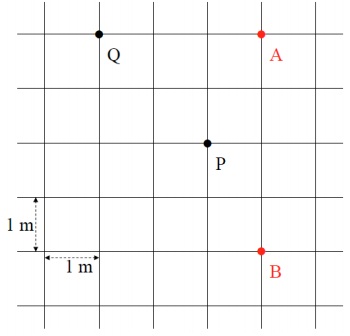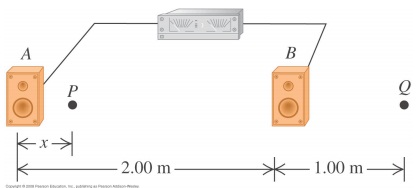Assignment:
Problems:
1. A wire is made out of a special steel alloy with Y = 2.00 1011 Pa, density ρ = 7800 kg/m3 , breaking stress 1.00 109 P and coefficient of linear thermal expansion α= 1.20 * 10-5 K-1. The initial temperature of the wire is 50°F and the wire is measured to be exactly 5.000m long. The wire is then secured at one end to the ceiling of a room and hangs vertically. A 10kg mass is then attached to the end of the wire and it elongates by 1cm.
(a) What is the radius of the wire, assuming it has a circular cross-section?
(b) If the room is warmed up to 50°C, how much is the wire then elongated?
(c) Suppose that the lower end of the wire is now securely tied to a bolt holding to the length calculated in part (b). What is the tension of the wire?
(d) If you pluck the wire at the center, what will be the dominant frequency of the sound produced (i.e. the fundamental frequency)?
2. (a) In which of these scenarios do you hear a higher pitched sound? Explain.
(i) A police car with siren sounding is stationary and you approach it with a speed v0.
(ii) You are stationary and the same police car with a siren sounding approaches you at speed v0.
(b) What is the difference in pitch between the above two scenarios if v0 = 90 mi/hr, the frequency of the police siren is 300 Hz and the air temperature is 20°C?
(c) What is the difference in pitch in (b) if (hypothetically) v0 is one-third the speed of sound?
3. The figure below shows two speakers at points A and B. Both of these speakers radiate sound uniformly in all directions in air at 20°C. The speakers are in phase and the acoustic power output from each of the speakers is 4 1.00 * 10-4 W. The wavelength of the sound is λ = 4 m.
(a) Find the ratio between the pressure amplitude at P and the pressure amplitude at Q. (pmax (P from A):pmax (Q from A)) if only speaker A is turned on.
(b) Find the ratio between the pressure amplitude at P and the pressure amplitude at Q (pmax (P from B): pmax (Q from B)) if only speaker B is turned on.
(c) If speaker A is turned on first and then speaker B is turned on, what is the ratio between the pressure amplitude at P with both speakers as compared to the initial case with just speaker A (i.e. pmax (P from A&B): pmax (P from A)).
(d) If speaker A is turned on first and then speaker B is turned on, what is the ratio between the pressure amplitude at Q with both speakers as compared to the initial case with just speaker A (i.e. ,Pmax (Q from A&B) :Pmax (Q from A)).

4. Two loudspeakers, A and B, are driven by the same amplifier and emit sinusoidal waves in phase. Speaker B is 2.00 m to the right of speaker A. The frequency of the sound waves produced by the loudspeakers is 206 Hz. Consider Point P between the speakers and along the line connecting them, a distance x to the right of speaker A. Both speakers emit sound waves that travel directly from the speaker to point P.
a) For what values of x will destructive interference occur at point P?
b) For what values of x will constructive interference occur at point P?
